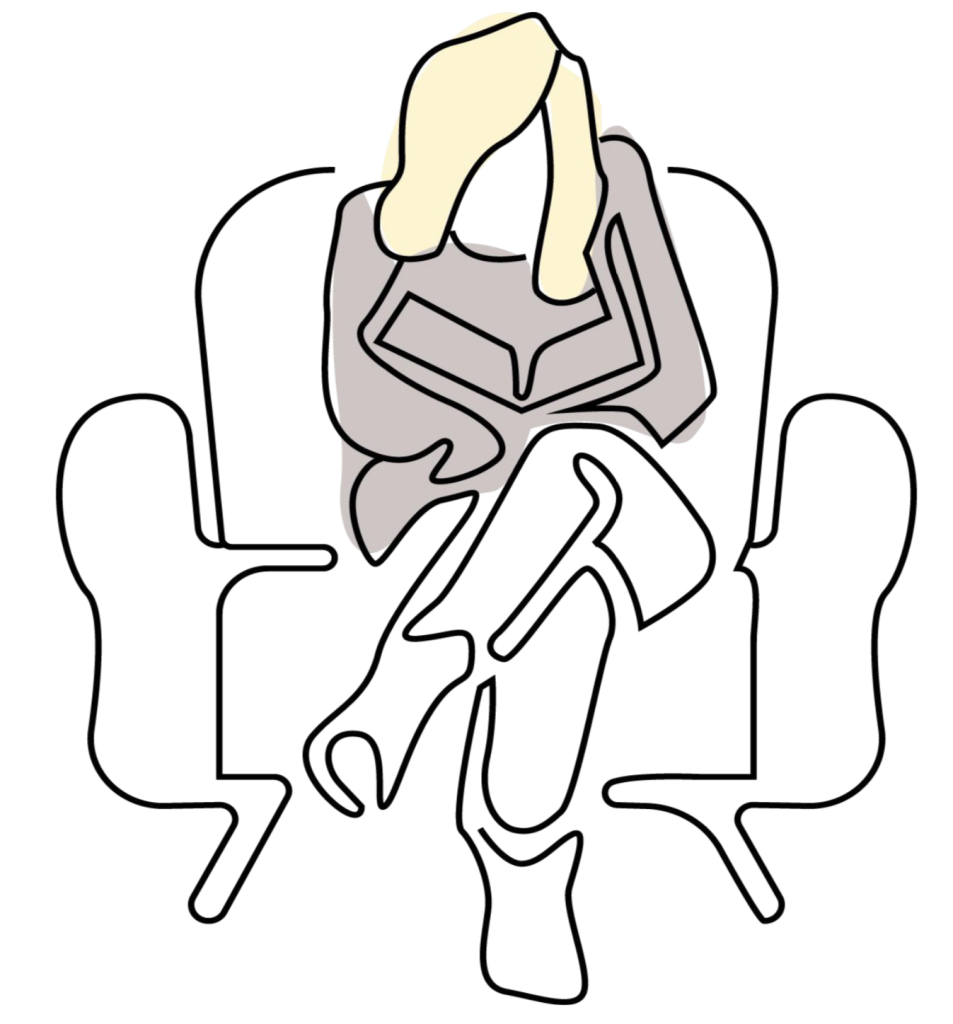Apple and Google explain how the proposed people-tracking technology will work to combat the coronavirus COVID-19
In the recent announcement about the partnership between Apple and Google, we share that companies are willing to create a multiplatform technology, that is, that operates between Android and iOS the two largest mobile operating systems on the market, with more than 3.5 billion smartphone users in order to combat the spread of the pandemic.
Such movement generates euphoria and companies are here to explain how, in fact, the tracking system between people works that allows to alert if one of them may be infected by COVID-19 coronavirus. After the announcement, technical documentation of the technology itself was released.
To simplify the explanation, we were able to illustrate below a situation (formerly) typical in our daily lives and the application of the proposed system being executed in practice.
The operation of the application
Alice and Bob meet for the first time and talk for ten minutes.

Via Bluetooth, their cell phones exchange encrypted identifications, or keys (with frequent changes).

A few days pass, and Bob diagnosed positive for COVID-19 coronavirus and enters your data into the public health application in the case of Brazil, a possibility could be through the Coronavirus – SUS(Android and iOS).

Like consent From Bob, your cell phone sends data keys for the past 14 days to the system. (Applications may only have access to further information with the user's explicit consent).

Alice follows her day without knowing that she was close to a potentially contagious person.

Alice's cell phone periodically downloads data from people near her, in her region, who tested positive for the virus. A combination made in the cloud with Bob's encrypted identifier.

Alice gets a notification on your mobile: Alert: You were recently exposed to someone who tested positive for COVID-19. Tap for more information.

Alice's cell phone receives the notification advising her what to do.

Privacy and data security
One of the biggest concerns of users is the way in which information will be made available among users, and also for public health agents. Thinking about that, Apple and Google made available in the documentation the requirements of the privacy and security contract on the contact monitoring project via smartphones:
- Explicit consensus of monitoring for the user
- Do not collect personally identifiable information or user location data
- List of people who have been in contact with you never leave your cell phone
- People who tested positive are not identified by other users, Google or Apple
- Will only be used for contact monitoring by public health authorities
- It doesn't matter if you have an Android phone or iPhone, as it works on both
There is no doubt that the package of resources, frameworks and APIs, distributed to developers and governments contribute to a rapid adoption of technology. Countries have their applications on the internet and they have their developers. The biggest concern is on the part of government decisions in each country. Many bureaucracies can facilitate or, for the most part, hinder progress.
There has not yet been an update regarding dates, keeping the news deadline for May.
Source: Official documentation from Apple and Google.
